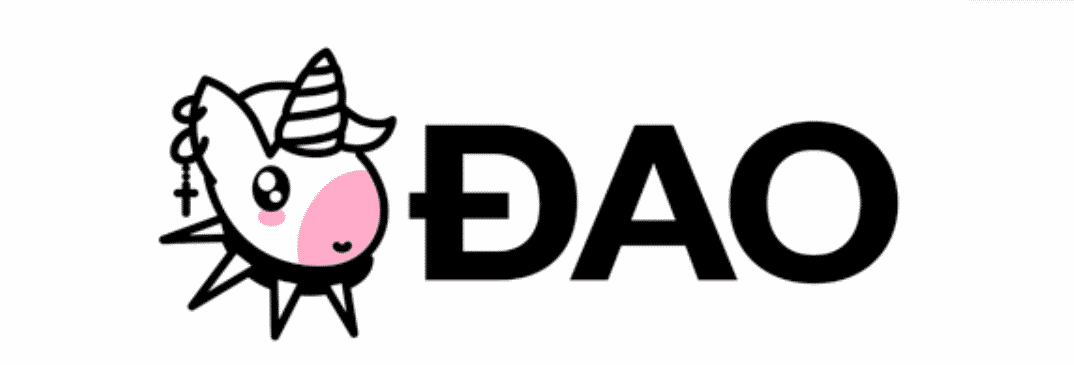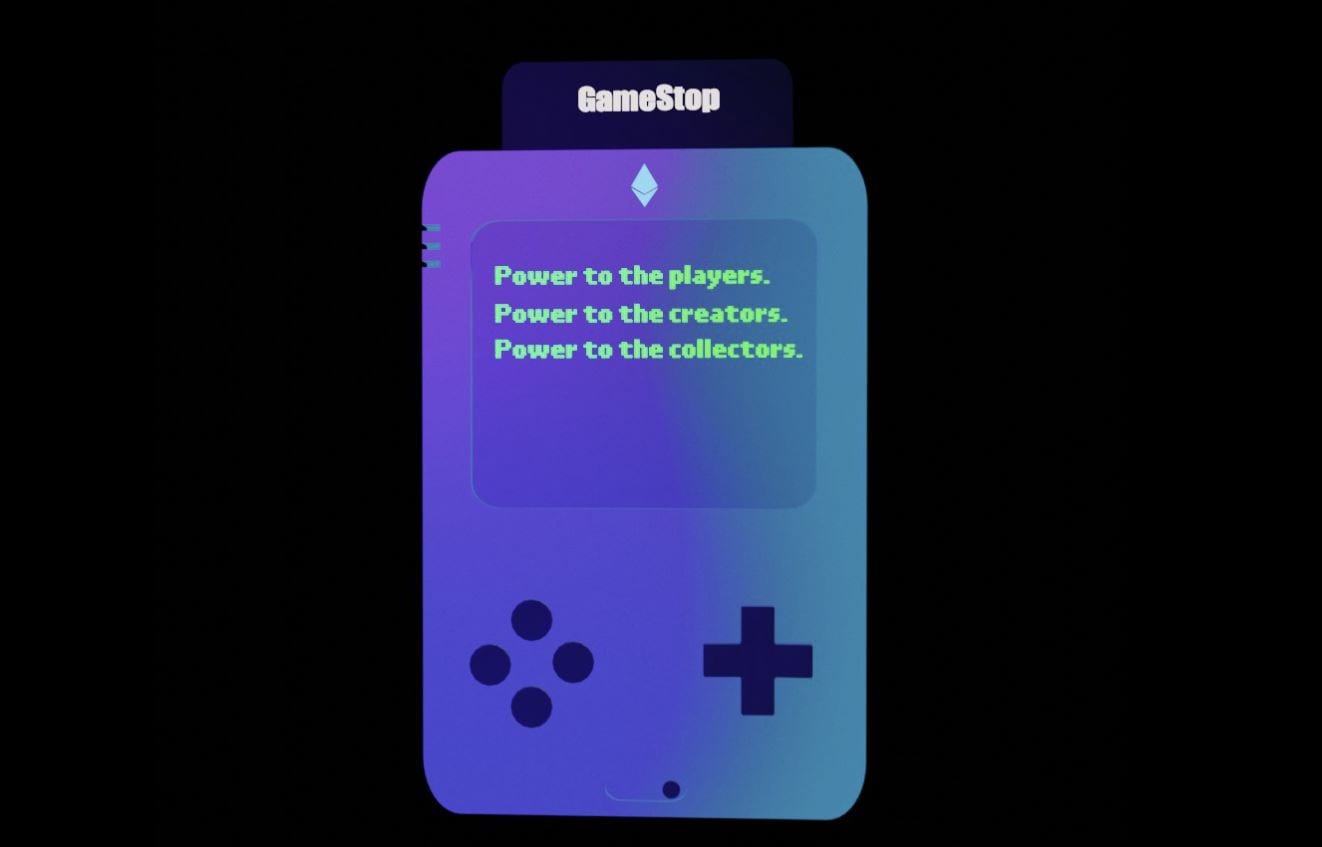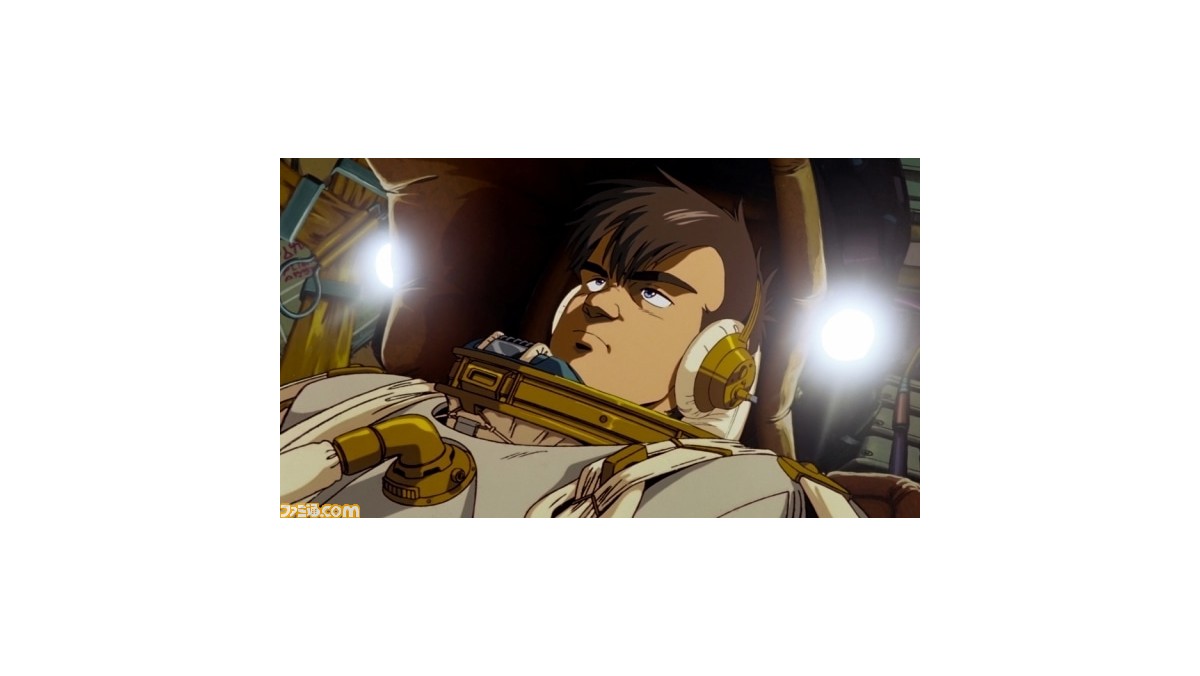WEB3bie
KNOW ABOUT NFT
An NFT is a digital asset that represents real-world objects like art, music, in-game items and videos. They are bought and sold online, frequently with cryptocurrency, and they are generally encoded with the same underlying software as many cryptos.
How Is an NFT Different from Cryptocurrency?
NFT stands for non-fungible token. It’s generally built using the same kind of programming as cryptocurrency, like Bitcoin or Ethereum, but that’s where the similarity ends. Physical money and cryptocurrencies are “fungible,” meaning they can be traded or exchanged for one another. They’re also equal in value—one dollar is always worth another dollar; one Bitcoin is always equal to another Bitcoin. Crypto’s fungibility makes it a trusted means of conducting transactions on the blockchain. NFTs are different. Each has a digital signature that makes it impossible for NFTs to be exchanged for or equal to one another (hence, non-fungible). One NBA Top Shot clip, for example, is not equal to EVERYDAYS simply because they’re both NFTs. (One NBA Top Shot clip isn’t even necessarily equal to another NBA Top Shot clip, for that matter.)How Does an NFT Work?
NFTs exist on a blockchain, which is a distributed public ledger that records transactions. You’re probably most familiar with blockchain as the underlying process that makes cryptocurrencies possible. Specifically, NFTs are typically held on the Ethereum blockchain, although other blockchains support them as well. An NFT is created, or “minted” from digital objects that represent both tangible and intangible items, including:- Art
- GIFs
- Videos and sports highlights
- Collectibles
- Virtual avatars and video game skins
- Designer sneakers
- Music
Even tweets count. Twitter co-founder Jack Dorsey sold his first ever tweet as an NFT for more than $2.9 million. Essentially, NFTs are like physical collector’s items, only digital. So instead of getting an actual oil painting to hang on the wall, the buyer gets a digital file instead.
They also get exclusive ownership rights. That’s right: NFTs can have only one owner at a time. NFTs’ unique data makes it easy to verify their ownership and transfer tokens between owners. The owner or creator can also store specific information inside them. For instance, artists can sign their artwork by including their signature in an NFT’s metadata.
what is NFT used for?
Blockchain technology and NFTs afford artists and content creators a unique opportunity to monetize their wares. For example, artists no longer have to rely on galleries or auction houses to sell their art. Instead, the artist can sell it directly to the consumer as an NFT, which also lets them keep more of the profits. In addition, artists can program in royalties so they’ll receive a percentage of sales whenever their art is sold to a new owner. This is an attractive feature as artists generally do not receive future proceeds after their art is first sold.Art isn’t the only way to make money with NFTs. Brands like Charmin and Taco Bell have auctioned off themed NFT art to raise funds for charity. Charmin dubbed its offering “NFTP” (non-fungible toilet paper), and Taco Bell’s NFT art sold out in minutes, with the highest bids coming in at 1.5 wrapped ether (WETH)—equal to $3,723.83 at time of writing.
Should You Buy NFTs?
Just because you can buy NFTs, does that mean you should? It depends, Yu says. “NFTs are risky because their future is uncertain, and we don’t yet have a lot of history to judge their performance,” she notes. “Since NFTs are so new, it may be worth investing small amounts to try it out for now.”In other words, investing in NFTs is a largely personal decision. If you have money to spare, it may be worth considering, especially if a piece holds meaning for you. But keep in mind, an NFT’s value is based entirely on what someone else is willing to pay for it. Therefore, demand will drive the price rather than fundamental, technical or economic indicators, which typically influence stock prices and at least generally form the basis for investor demand.
All this means, an NFT may resale for less than you paid for it. Or you may not be able to resell it at all if no one wants it. Bear in mind, NFTs may also be subject to tax as will the cryptocurrencies used to purchase the NFT be. The Indian Budget 2022 proposed imposing withholding tax on transfer of virtual digital assets — which should include NFTs and cryptocurrencies — effective July 1. A tax deduction at source is also proposed. It is yet to be seen how the taxation will work and that means you may want to check in with a tax professional when considering adding NFTs to your portfolio.
That said, approach NFTs just like you would any investment: Do your research, understand the risks—including that you might lose all of your investing rupees—and if you decide to take the plunge, proceed with a healthy dose of caution.
How to Buy NFTs
If you’re keen to start your own NFT collection, you’ll need to acquire some key items: First, you’ll need to get a digital wallet that allows you to store NFTs and cryptocurrencies. You’ll likely need to purchase some cryptocurrency, like Ether, depending on what currencies your NFT provider accepts. You can buy crypto using a credit card on platforms like Coinbase, Kraken, eToro and even PayPal and Robinhood now. You’ll then be able to move it from the exchange to your wallet of choice.You’ll want to keep fees in mind as you research options. Most exchanges charge at least a percentage of your transaction when you buy crypto.
Popular NFT Marketplaces
Once you’ve got your wallet set up and funded, there’s no shortage of NFT sites to shop. Currently, the largest NFT marketplaces are:OpenSea.io: This peer-to-peer platform bills itself a purveyor of “rare digital items and collectibles.” To get started, all you need to do is create an account to browse NFT collections. You can also sort pieces by sales volume to discover new artists.
Rarible: Similar to OpenSea, Rarible is a democratic, open marketplace that allows artists and creators to issue and sell NFTs. RARI tokens issued on the platform enable holders to weigh in on features like fees and community rules.
Foundation: Here, artists must receive “upvotes” or an invitation from fellow creators to post their art. The community’s exclusivity and cost of entry—artists must also purchase “gas” to mint NFTs—means it may boast higher-caliber artwork. For instance, Nyan Cat creator Chris Torres sold the NFT on the Foundation platform. It may also mean higher prices — not necessarily a bad thing for artists and collectors seeking to capitalize, assuming the demand for NFTs remains at current levels, or even increases over time.
Although these platforms and others are host to thousands of NFT creators and collectors, be sure you do your research carefully before buying. Some artists have fallen victim to impersonators who have listed and sold their work without their permission.
Relevent news
-

Here's what we can expect when the hype around NFTs and the metaverse dies down.
-

The crypto economy has constantly grown over several years. This proliferation has led to the adoption of cryptocurrencies for various applications. This expansion also contributed to the adoption and popularity of meme currencies. Meme coins are cryptocurre…
-

Women are still largely underrepresented in the NFT world as both creators and investors but as research shows, the more there are, the more will come. Here, three experts share their insights and advise on how female artists can encourage more women to buy i…
WEB3bie

















